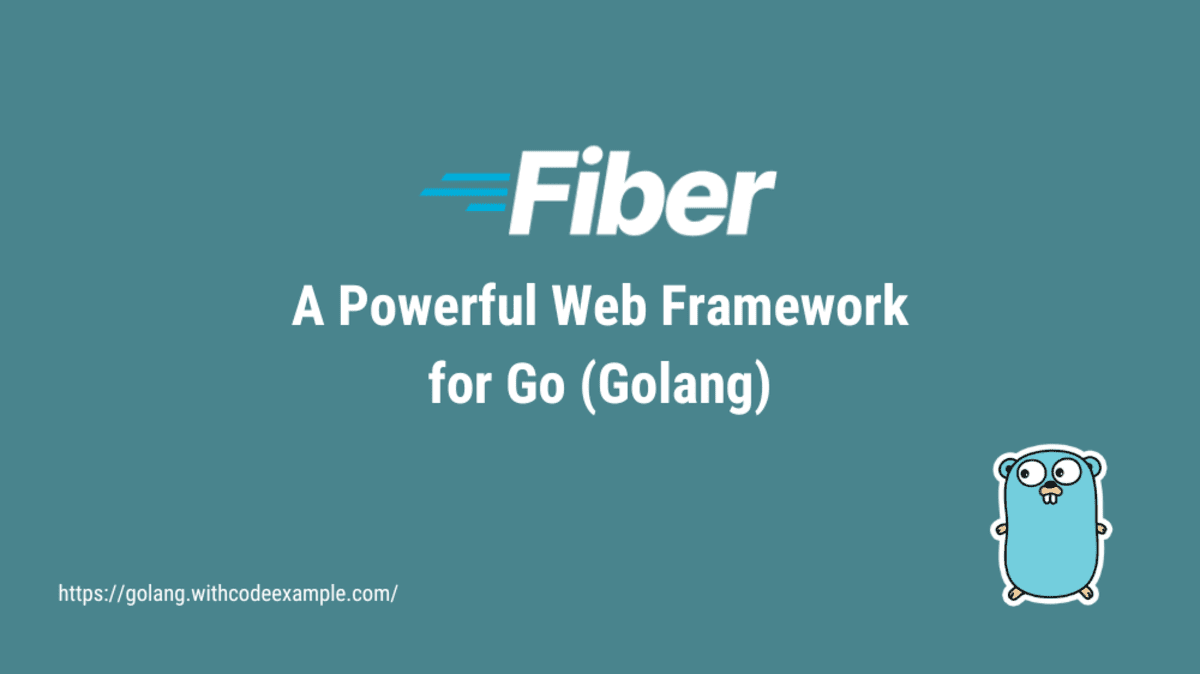In recent years, the realm of quantum computing has transitioned from theoretical musings in academic journals to a burgeoning field poised to revolutionize industries. At the forefront of this technological renaissance stands Microsoft, leveraging its rich heritage of innovation to dive headfirst into the quantum world. This article embarks on an in-depth exploration of Microsoft Quantum Computers, unraveling their complexities and potential to transform our future.
Understanding Quantum Computing
Before delving into Microsoft’s venture into quantum computing, it’s essential to comprehend the quantum domain. Unlike classical computers that rely on bits to process information as ones or zeros, quantum computers use quantum bits or qubits. These qubits harness the enigmatic properties of superposition and entanglement, allowing them to process complex calculations exponentially faster than their classical counterparts.
The ability to solve problems deemed unsolvable by today’s standards opens enormous possibilities across sectors like cryptography, pharmaceuticals, material science, and artificial intelligence.
Microsoft’s Quantum Vision
Microsoft’s journey into quantum computing is defined by its ambitious vision to construct a scalable quantum computer. Unlike other key players in the quantum race focusing on noisy intermediate-scale quantum (NISQ) computers, Microsoft is pursuing a topological approach with the aim of building a truly robust and error-resistant quantum computer.
The Topological Approach
Topological quantum computing is a cornerstone of Microsoft’s strategy, differentiating its efforts from competitors. This approach focuses on creating qubits using anyons, exotic particles that exist in two-dimensional spaces. These anyons form “braids” in space-time, capable of maintaining quantum information even amidst environmental noise.
By investing in topological qubits, Microsoft aims to overcome the notorious challenge of quantum decoherence, ensuring qubits are stable, reliable, and ready for practical applications.
Microsoft’s Quantum Development Kit and Azure Quantum
Central to Microsoft’s quantum computing initiative is the Microsoft Quantum Development Kit (QDK), an open-source platform enabling developers to write quantum applications. It includes Q#, a quantum-focused programming language optimized for building scalable and secure quantum applications.
Azure Quantum
As part of Microsoft’s quantum ecosystem, Azure Quantum offers cloud-based access to quantum hardware and software solutions, lowering barriers and democratizing the field for researchers, developers, and enterprises.
Azure Quantum uniquely combines Microsoft’s topological approach with classical resources, fostering a hybrid environment where classical and quantum computing work symbiotically to solve today’s most pressing problems. This cloud-first philosophy aligns with Microsoft’s trajectory towards a future where quantum computing seamlessly integrates into mainstream technology landscapes.
Potential Applications of Microsoft Quantum Computers
Cryptography and Security: As quantum computers become more powerful, they threaten conventional cryptographic methods used to secure digital communications. Microsoft is not only focusing on developing new quantum-friendly cryptographic techniques but also enhancing current infrastructure to withstand post-quantum threats.
Drug Discovery and Material Science: Quantum computers efficiently model molecular interactions at an atomic level. Microsoft’s quantum computers have the potential to revolutionize drug discovery processes, drastically reducing the time and cost involved in developing new treatments. Similarly, they could accelerate innovations in material sciences by unveiling new materials with tailored properties.
Optimization Problems: Quantum computing’s ability to quickly solve complex optimization problems promises advancements in logistics, supply chain management, and financial modeling. Microsoft’s emphasis on quantum algorithms tailored for optimization could redefine operational efficiencies across multiple industries.
Artificial Intelligence and Machine Learning: With quantum computational power, Microsoft aims to optimize machine learning models, enhance training speeds, and provide deep insights into large data sets. Quantum-enhanced AI will enable breakthroughs in understanding and interaction with data.
Collaborative Ecosystem and Research Initiatives
Microsoft’s quantum computing endeavor is underpinned by an expansive network of collaborations. The Microsoft Quantum Network unites academic institutions, startups, and industry leaders under a shared mission to innovate and expand quantum technologies. By fostering this collaborative ecosystem, Microsoft accelerates the pace of discovery and ensures that breakthroughs in quantum computing are accessible to a broader audience.
Moreover, partnerships with universities, such as MIT and the University of Copenhagen, fortify Microsoft’s commitment to nurturing the quantum research community. These collaborations fuel advances in both theoretical quantum science and engineering, driving the push towards realizing Microsoft’s ultimate quantum vision.
Challenges and the Road Ahead
Though the promise of Microsoft Quantum Computers is vast, significant hurdles remain. The scalability of qubits, error rates, and decoherence represent primary obstacles in achieving a fully operational quantum computer. However, Microsoft’s topological approach and continued investment in research and development provide a rational pathway to overcoming these challenges.
In terms of regulatory and ethical considerations, Microsoft is advocating for responsible quantum innovation. By establishing guidelines and frameworks for ethical quantum computing practices, Microsoft seeks to ensure that the societal impacts of quantum advancements are beneficial and equitable.
Conclusion
Microsoft’s journey into quantum computing is a testament to its unwavering commitment to innovation and progress. By emphasizing topological quantum computing, fostering an open-source platform, and engaging in collaborative research, Microsoft is poised to lead in the quantum race. The transformative potential of Microsoft Quantum Computers is unparalleled, with implications that promise to redefine computing and its innumerable applications.
As we edge closer to a quantum future, Microsoft’s endeavors act as a beacon, guiding the integration of this revolutionary technology into our daily lives. By prioritizing scalability, accessibility, and ethical innovation, Microsoft Quantum Computers not only symbolize the next frontier in computing but also hold the key to unleashing unprecedented opportunities across industries worldwide.
As we stand at the precipice of this quantum revolution, it is only a matter of time before the seeds sown by Microsoft and the broader quantum computing community flourish into a future where the limits of computational potential are truly boundless.




